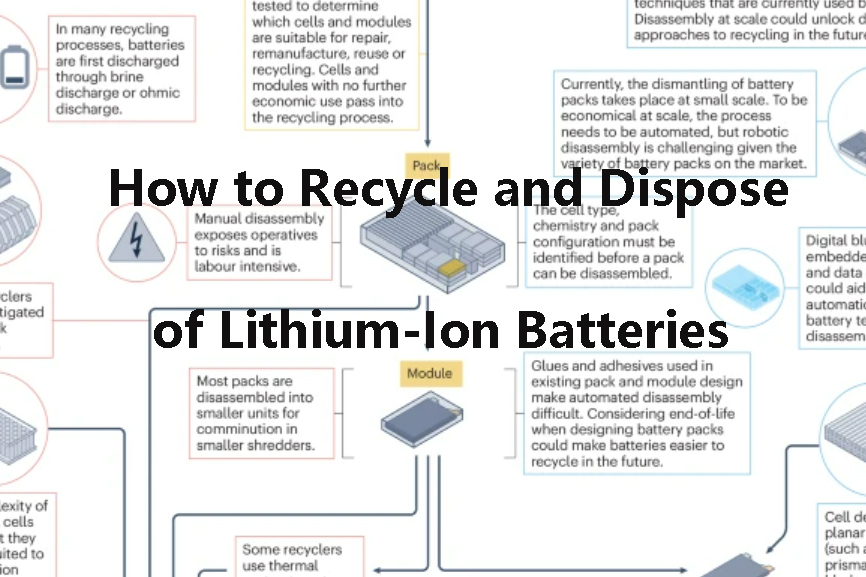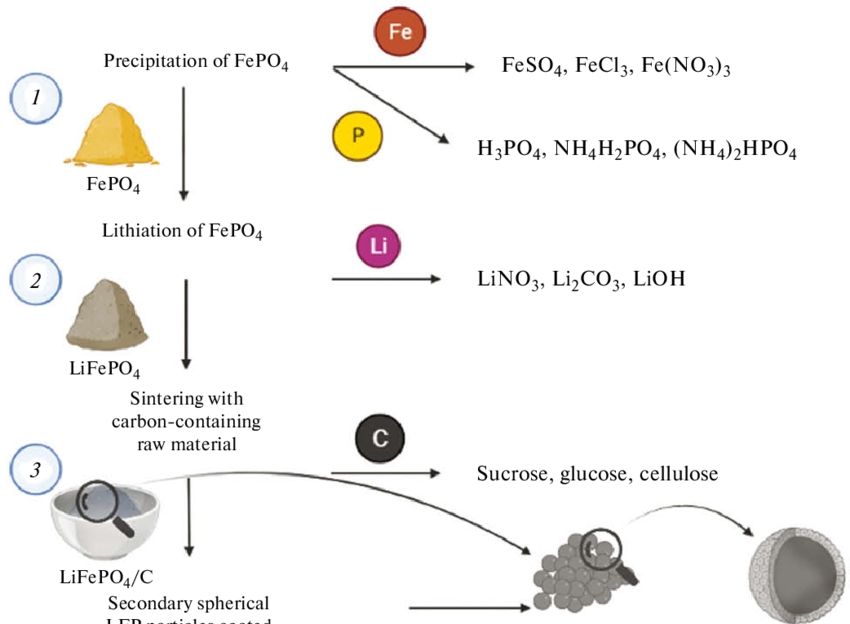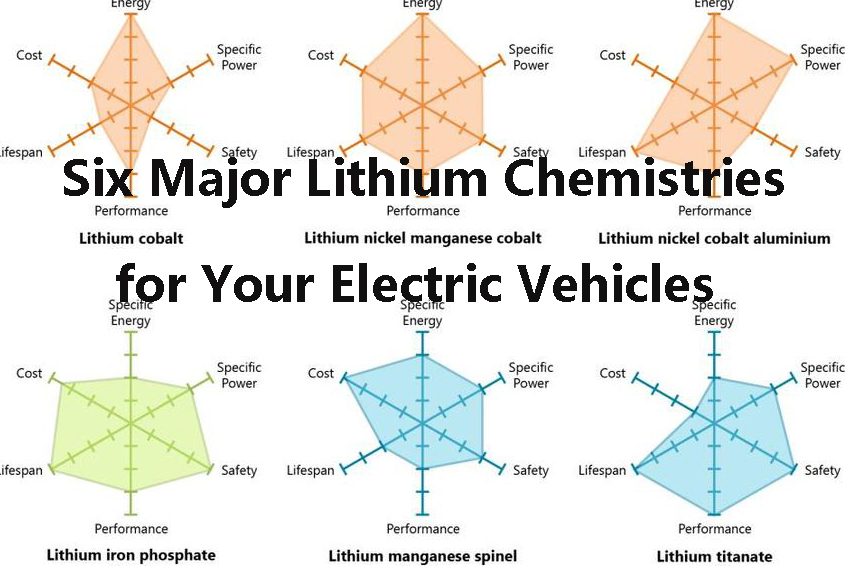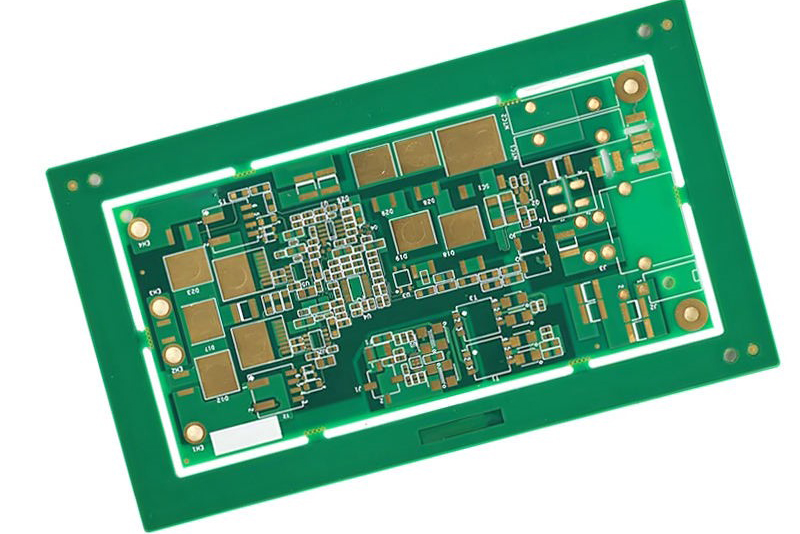
5 Types of Common Semiconductor Materials
Semiconductors are the backbone of modern electronics. These materials can conduct electricity under certain conditions—better than insulators but not as well as conductors. Their unique electrical properties arise from their atomic structure and energy band configuration, making them highly versatile in electronic design.
Here lists the most commonly used semiconductor materials, their key properties, and typical applications.
![]()
1. Elemental Semiconductors
a. Silicon (Si)
Silicon is the most widely used semiconductor material, thanks to its natural abundance, moderate bandgap of 1.1 eV, and excellent thermal stability. It is used extensively in integrated circuits (ICs), solar cells, diodes, transistors, and power devices. One key reason for its popularity is that silicon naturally forms a stable oxide layer (SiO₂), which acts as an effective insulator and is especially useful in the fabrication of MOSFETs.
b. Germanium (Ge)
Germanium was one of the first materials used in semiconductor devices, particularly early transistors. It has a relatively low bandgap of 0.66 eV and higher electron mobility than silicon, which makes it suitable for high-speed electronics, fiber-optic communication systems, and infrared optics. However, its sensitivity to temperature and oxidation has limited its widespread adoption in modern electronics.
Further reading: Essential Electronic Materials: Part 1 - Silicon
2. Compound Semiconductors
Compound semiconductors are formed by combining elements from different groups of the periodic table. These materials often outperform elemental semiconductors in terms of speed, light emission, and high-frequency operation.
a. Gallium Arsenide (GaAs)
Gallium arsenide is a compound made from elements in groups III (gallium) and V (arsenic). It has a direct bandgap of 1.43 eV, which makes it highly efficient at emitting light. GaAs is used in high-frequency and microwave devices, as well as LEDs, laser diodes, and certain types of solar cells. Its high electron mobility allows for faster device performance compared to silicon.
b. Gallium Nitride (GaN)
Gallium nitride, composed of gallium and nitrogen, is a wide bandgap semiconductor with a bandgap of 3.4 eV. It is commonly used in RF amplifiers, power transistors, light-emitting diodes, and electric vehicle components. GaN is known for its high breakdown voltage, fast switching capabilities, and excellent thermal conductivity, making it ideal for high-power applications.
c. Silicon Carbide (SiC)
Silicon carbide is a compound of silicon and carbon, featuring a wide bandgap ranging from 3.0 to 3.3 eV. It is used in power electronics, high-voltage applications, and automotive inverters. SiC offers high-temperature stability, low power losses, and exceptional ruggedness, which are valuable for demanding industrial environments.
d. Indium Phosphide (InP)
Indium phosphide has a direct bandgap of 1.35 eV and is widely used in photonic devices, optical communication systems, high-speed integrated circuits, and laser diodes. It provides excellent electron velocity and radiation resistance, making it particularly suitable for high-frequency and space-based applications.
3. Two-Dimensional (2D) Semiconductors
These semiconductors consist of atomically thin layers and are being actively explored for next-generation nanoelectronic devices.
a. Graphene
Graphene is a single layer of carbon atoms arranged in a two-dimensional lattice. It is used in high-speed transistors, flexible electronics, and various types of sensors. Despite its extraordinary electrical and mechanical properties, graphene's zero bandgap limits its use in digital logic applications.
b. Molybdenum Disulfide (MoS₂)
Molybdenum disulfide is a transition metal dichalcogenide with a direct bandgap of approximately 1.8 eV in its monolayer form. It is applied in field-effect transistors (FETs), photodetectors, and flexible electronic devices. MoS₂ offers benefits such as mechanical flexibility, optical transparency, and suitability for ultra-thin, lightweight devices.
Further reading: Carbon-Based Electronic Materials: Graphene
4. Organic Semiconductors
Organic semiconductors are composed of carbon-based molecules or polymers and are known for their flexibility and processability.
Examples include pentacene and P3HT (poly-3-hexylthiophene).
These materials are used in organic light-emitting diodes (OLEDs), organic photovoltaics (OPVs), and organic field-effect transistors (OFETs). Their primary advantages are their lightweight nature, mechanical flexibility, and the potential for low-cost, large-area electronics manufactured using solution-based techniques.
5. Perovskite Semiconductors
Perovskite semiconductors have the general chemical formula ABX₃, where A is an organic or inorganic cation, B is a metal such as lead (Pb) or tin (Sn), and X is a halide ion. These materials are applied in solar cells, light-emitting devices, and sensors. They are valued for their high light absorption, tunable bandgaps, and ease of fabrication through solution processing. However, concerns remain over their long-term stability and the toxicity of lead-based compositions.
Summary Table of Semiconductor Materials
|
Material |
Type |
Bandgap (eV) |
Applications |
Key Traits |
|
Silicon (Si) |
Elemental |
1.1 |
ICs, transistors, solar cells |
Abundant, oxide layer, mature technology |
|
Germanium (Ge) |
Elemental |
0.66 |
IR optics, high-speed electronics |
High mobility, temperature-sensitive |
|
GaAs |
Compound (III-V) |
1.43 |
RF devices, LEDs, laser diodes |
Fast, efficient light emitter |
|
GaN |
Compound (III-V) |
3.4 |
Power electronics, LEDs |
Wide bandgap, robust |
|
SiC |
Compound (IV-IV) |
3.0–3.3 |
EVs, industrial power devices |
High voltage, low loss |
|
InP |
Compound (III-V) |
1.35 |
Photonics, optical communications |
High speed, low noise |
|
MoS₂ |
2D material |
~1.8 |
Flexible electronics, FETs |
Thin, direct bandgap in monolayer |
|
Graphene |
2D material |
0 |
Sensors, high-frequency circuits |
High conductivity, no bandgap |
|
Organic semiconductors |
Organic |
Variable |
OLEDs, OPVs, flexible electronics |
Lightweight, printable |
|
Perovskites |
Hybrid/Inorganic |
1.2–2.3 |
Solar cells, LEDs |
High efficiency, stability challenges |
For more information, please check Stanford Electronics.
Conclusion
In summary, semiconductor materials form the backbone of modern electronics, enabling everything from everyday consumer devices to advanced industrial systems.
Elemental semiconductors like silicon and germanium laid the foundation for the electronics revolution, while compound semiconductors such as GaAs, GaN, and SiC have expanded the possibilities in high-speed, high-power, and optoelectronic applications. Emerging materials like 2D semiconductors and perovskites continue to push the boundaries of what is technologically possible, offering new pathways for innovation in flexible, lightweight, and ultra-efficient devices.




